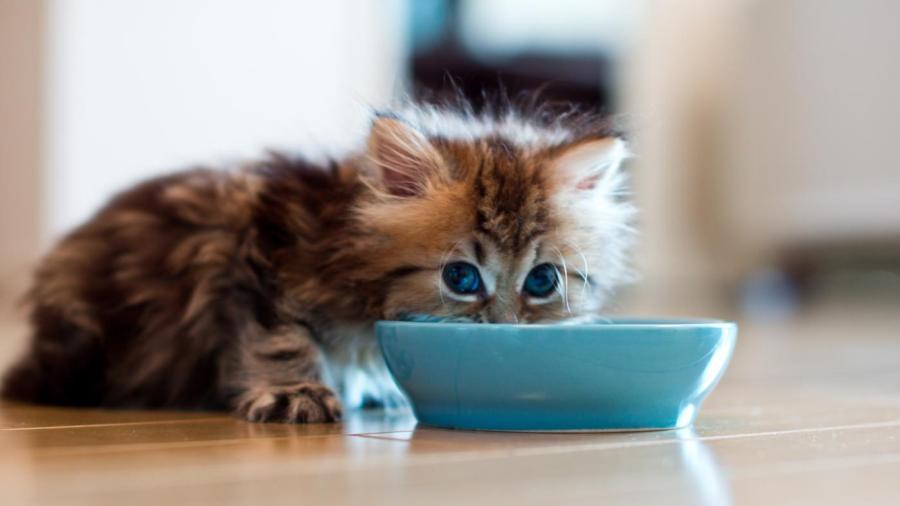How Long Can a Cat Live Without Food?

The length of time a cat can live without food depends on the condition of the cat’s body. Cats that don’t eat for long periods of time often develop hepatic lipidosis, otherwise known as fatty liver disease. Cats typically succumb to the disease after two to 10 days without food. In most cases, an obese cat develops hepatic lipidosis before a young, skinny cat does.
When a cat goes without eating for a long period of time, fat cells inside the animal’s body begin to metabolize to provide the energy it needs. At the same time, fats and proteins travel through the cat’s bloodstream to its cells. A cat that isn’t eating can’t replace the proteins it’s using, which causes fat to build up in the liver. Hepatic lipidosis occurs when there is a large accumulation of fat in the tissues and cells of a cat’s liver. This accumulation leads to biliary tract dysfunction and eventual death.
There are two types of hepatic lipidosis: idiopathic and secondary. Idiopathic hepatic lipidosis occurs when a cat stops eating for no apparent reason. This is typically caused by stress brought about by a change in diet, moving, a new animal in the household, or the death of an animal or human companion. Secondary hepatic lipidosis is caused by a pre-existing disease or condition such as diabetes, gastrointestinal disease, pancreatitis or cholangiohepatitis. These conditions cause anorexia in cats, which leads to hepatic lipidosis.





